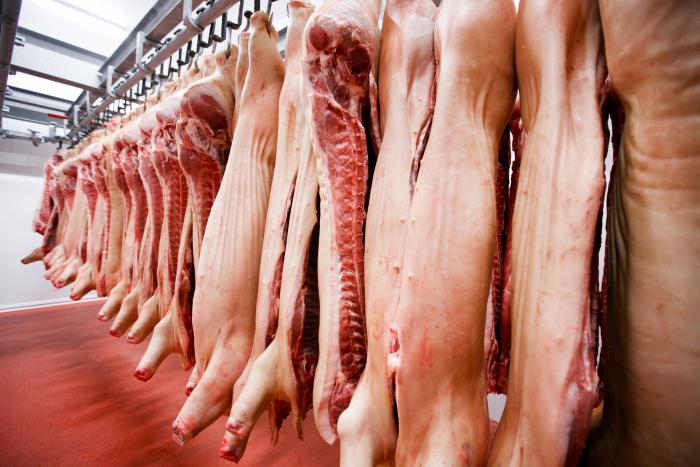Science confirms what was already known - dry-aged meat is as safe as fresh
The European Food Safety Authority (EFSA) is the European Union’s independent scientific adviser on food safety and hygiene.
Against the background of a rise in the popularity of eating well-aged meats, EFSA has recently published a scientific opinion on the safety of ageing meat and concluded that meat aged under controlled conditions poses no additional risk compared to fresh meat.
All meat is aged for at least a few days.
Most supermarket meat is wet-aged for a few days in a vacuum-sealed bag which retains moisture. The investment in time and effort is much less, and the beef weighs more at the point of sale, but up to 30 per cent can be water.
Dry aged beef is hung without packaging under controlled conditions in whole or half carcass, primal or sub-primal cuts, usually for at least 28 days. It can be hung for months or even up to a year or more.
The effect of dry ageing is to concentrate the flavour of the meat and allow microbes and natural enzymes to break down the muscle tissue so the meat becomes more tender. The meat shrinks less when cooked due to the lower moisture content.
Dry-aged meat is generally only available through a good butcher.
Until now, there has been a lack of scientific knowledge about the safety of ageing meat.
EFSA looked at current practices and identified pathogens and spoilage bacteria that could be harmful to health and may develop and survive during the ageing process. These include E. coli (STEC) (especially in beef), Salmonella spp., Staphylococcus aureus, Listeria monocytogenes, enterotoxigenic Yersinia spp., Campylobacter spp. and Clostridium spp.
EFSA described the conditions, combinations of time and temperature during the ageing process, under which the production of wet-aged and dry-aged meat would result in the same level of safety as fresh meat.
EFSA found no additional risks, provided the correct combination of time and temperature are observed during the ageing process. So, for example, dry-aged beef is as safe as fresh beef if ageing is done for up to 35 days at a temperature of 3°C or lower.
In the case of dry-aged meat, the surface temperature must not exceed 3°C during the ageing process due to the risk that mould may grow on the surface of dry-aged beef, some of which may naturally produce mycotoxins that can have harmful health effects.
The critical requirement is that ageing is undertaken under specified controlled conditions, where Hazard Analysis Critical Control Point (HACCP) plans help provide reassurance.
At the end of the day, science confirms what was already known; dry-aged meat is as safe as fresh.
EFSA, Microbiological safety of aged meat, EFSA Journal, 2023; 21(1): 7745





